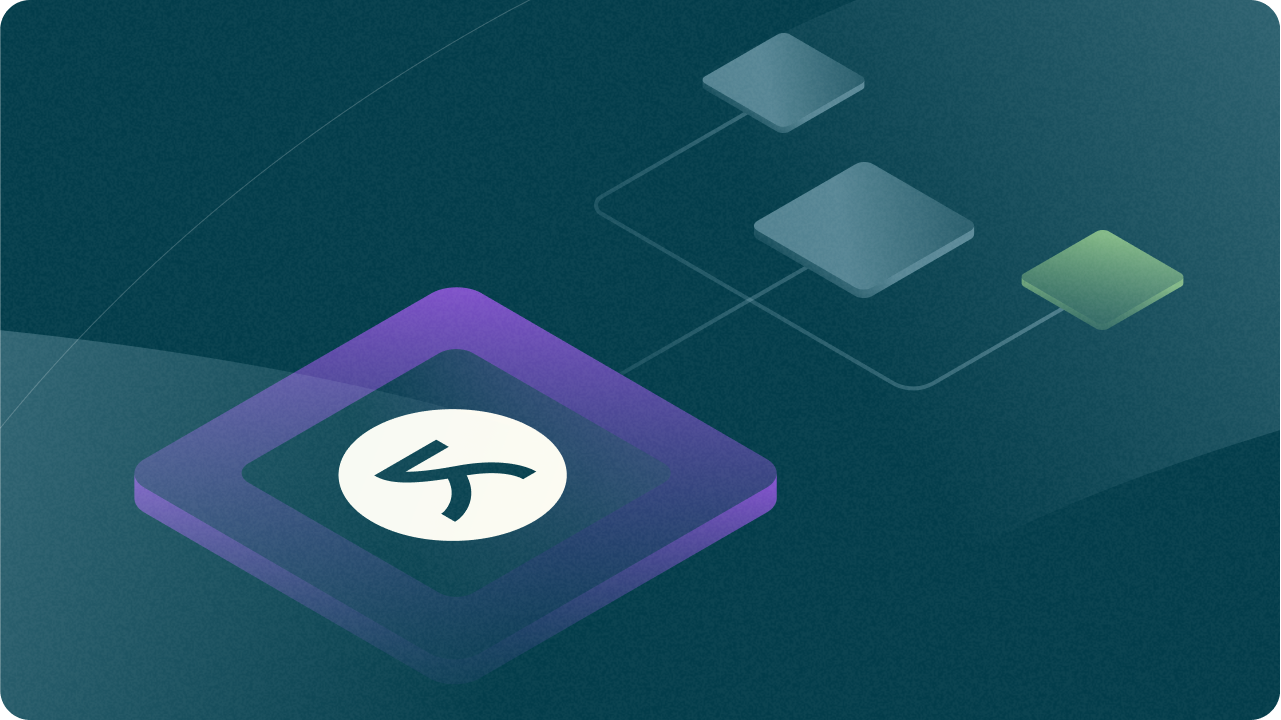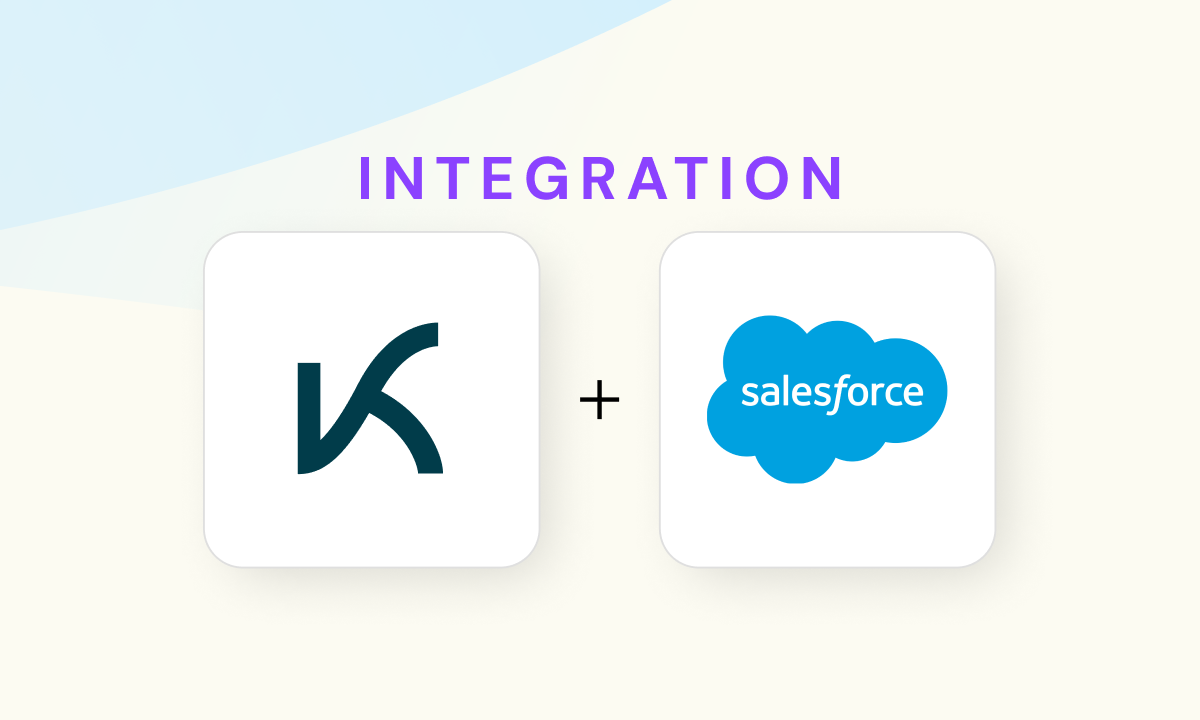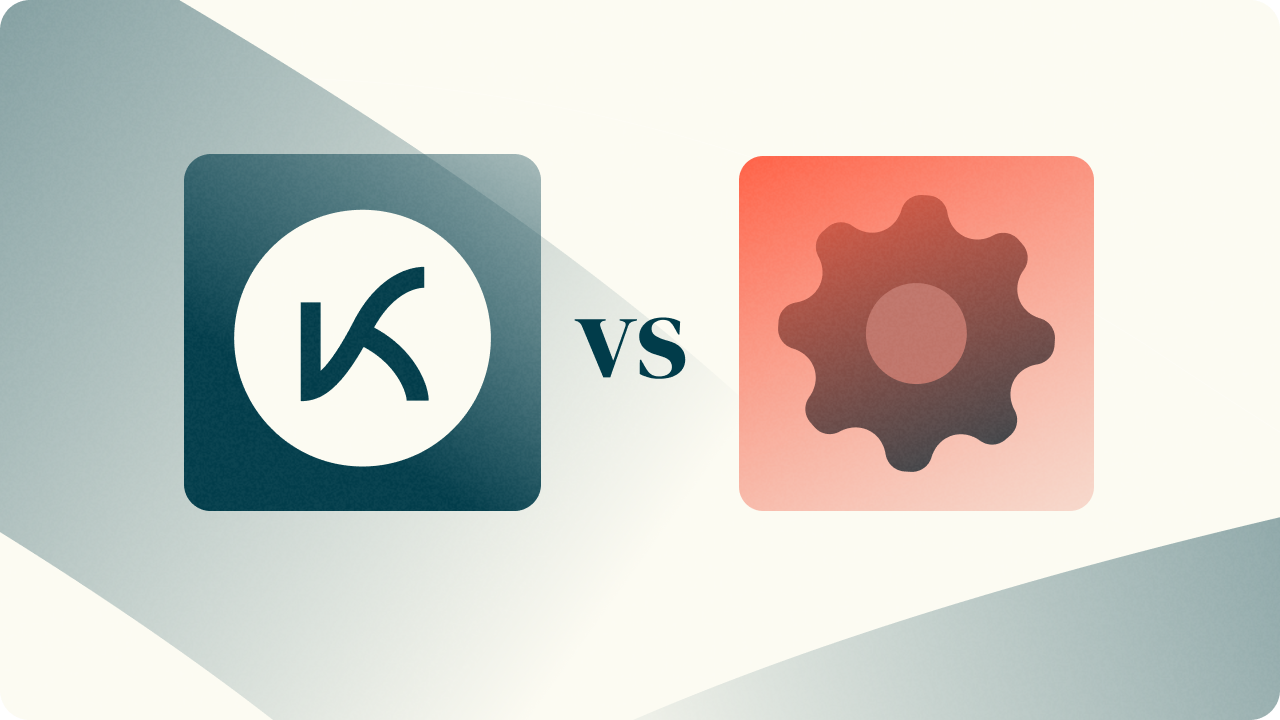
70% of enterprise organizations manage six or more compliance frameworks. As CIOs work to juggle these complex regulatory requirements, artificial intelligence (AI) further exacerbates compliance challenges and introduces new risks. However, AI can also provide a solution in the form of agentic process automation (APA), which streamlines compliance processes by completing tasks, monitoring workflows, preventing fraud, and improving reporting accuracy.
APA is a scalable solution that offers CIOs a critical lifeline, especially in highly regulated industries like healthcare, banking and finance, and retail. This blog explores the compliance and risk management practices of organizations across industries, the challenges CIOs face, and how APA addresses them.
Highly Regulated Industries
Banking and Financial Services
Banking, financial services, and insurance (BFSI) institutions are subject to regulations designed to safeguard sensitive financial data, including PCI-DSS (Payment Card Industry Data Security Standard), Anti-Money Laundering (AML), and Know Your Customer (KYC). In order to stay compliant, BFSI organizations must adhere to strict transaction monitoring and customer identity verification procedures. APA simplifies these processes with built-in tools for fraud detection, automated customer due diligence, and regulatory report generation with minimal human involvement.
| Regulation | Description |
| Payment Card Industry Data Security Standard (PCI-DSS) | PCI-DSS is a comprehensive set of security standards designed to prevent financial fraud and protect payment card data |
| Anti-Money Laundering (AML) | A set of laws and procedures designed to prevent money laundering and criminal financial activities |
| Know Your Customer (KYC) | A due diligence process designed to ensure organizations verify customer identities to prevent financial crimes and fraud |
| Service Organization Control 2 (SOC 2 Type 2) | SOC 2 Type 2 is an audit report that evaluates the operational effectiveness of an enterprise’s controls over a specified period, focusing on security, availability, integrity of processing, privacy, and confidentiality |
Healthcare
Regulations like HIPAA and HITECH mandate the protection of healthcare information. CIOs can ensure compliance and improve patient care by using APA to streamline clinical decision support systems and electronic health record (EHR) management. Additionally, APA allows healthcare organizations to continuously monitor and encrypt sensitive data and flag breach notifications in real-time.
| Regulation | Description |
| Health Insurance Portability and Accountability Act (HIPAA) | Protects the privacy and security of medical information and establishes standards for electronic health data exchange |
| Health Information Technology for Economic and Clinical Health Act (HITECH) | Promotes the adoption of electronic health records and enforces HIPAA regulations |
| Electronic Protected Health Information (ePHI) | ePHI refers to protected health information that’s transmitted or stored electronically and safeguarded under HIPAA |
Retail and eCommerce
Similar to BFSI, retail and eCommerce organizations regularly handle sensitive financial data like credit card transitions, so they must also comply with PCI-DSS standards. Companies that sell to customers in California or New York must comply with California Consumer Privacy Act (CCPA) and New York Privacy Act (NYPA) respectively. APA solutions can help by managing data encryption, monitoring systems for vulnerabilities, and ensuring adherence to privacy laws.
| Regulation | Description |
| General Data Protection Regulation (GDPR) | GDPR governs data privacy and security in the EU, granting individuals control over their personal data |
| California Consumer Privacy Act (CCPA) | California’s comprehensive privacy law grants residents rights to their personal information and imposes restrictions on businesses collecting such data |
| New York Privacy Act (NYPA) | NYPA mandates consent for data processing and establishes transparency and accountability standards for organizations handling personal data in New York State |
An Agentic Solution to Enterprise Compliance
To maintain compliance and mitigate risk, organizations must consistently adapt to evolving regulations. CIOs gain a decisive advantage with AI automation. Here’s how it tackles five critical challenges:
| Problem Area | Benefit of Agentic Process Automation |
| Evolving Regulatory Landscape | Automates compliance, monitors regulations, and ensures real-time legal alignment |
| Resource Gaps and Human Error | Improves accuracy and output by automating routine tasks |
| Data Security and Privacy | Continuously monitors data, automates encryption, and highlights vulnerabilities |
| Integration of New Technologies | Integrates with new and existing systems, reduces technical debt, and ensures compliance |
| Fraud Detection and Prevention | Detects suspicious patterns and automates fraud prevention |
Evolving Regulatory Landscape
As quickly as bad actors evolve, so does the regulatory environment. Each year, there are more than 2,500 regulatory updates impacting everything from HIPAA to GDPR. Supporting compliance-driven IT changes is cumbersome for CIOs, as they try to stay on top of the latest regulations. This complexity leads to resource strains, workforce burnout, operational inefficiency, and a heightened risk of non-compliance.
APA offers a solution. AI agents automate repetitive, tactical tasks like audit trail generation and regulatory reporting, so compliance teams can focus on more strategic tasks to ensure compliance. By enhancing the scalability and agility of IT and compliance teams, APA enables organizations to quickly adapt to changing regulations without overwhelming their current resources.
Resource Gaps and Human Error
Even the most careful employees are subject to human error. As organizations battle resource and skills gaps, the risk for human error increases, especially as the workforce encounters turnover and burnout. Phishing attacks, ignoring security protocols, mishandling sensitive data, and other human errors can further jeopardize compliance efforts.
Agentic automation solutions address these challenges by standardizing and automating workflows to minimize human error. APA allows organizations to scale their compliance efforts without a proportional increase in headcount or costs.
Data Security and Privacy
In 2023, there were upward of $2.6 billion in fines for data policy violations, alongside the reputational damage caused by data breaches. Additionally, data environments—including IoT devices and cloud services—are growing more complex, making it difficult for organizations to track and secure sensitive information.
APA continuously tracks regulatory changes and updates compliance processes to reduce oversight risks. It streamlines data subject request handling and automates sensitive data identification. It also provides real-time risk assessments and efficient incident response capabilities, so organizations can proactively address security issues. With APA, CIOs can shift from reactive compliance efforts to a proactive, adaptable approach.
New Technology Integration
Organizations often have difficulty maintaining compliance when integrating new technologies—along with their new compliance requirements that may not be compatible with existing frameworks—into existing systems. For example, emerging regulations such as the EU AI Act may not align with existing systems that have already integrated AI.
APA solutions can seamlessly integrate with both legacy and modern systems to address compliance challenges. By automating workflows across multiple platforms, APA enables centralized compliance reporting and minimizes inconsistencies due to siloed data. As previously mentioned, APA solutions are capable of monitoring integrated systems in real-time for compliance violations, flagging misconfigurations in APIs and cloud environments and triggering immediate corrective actions.
Fraud Detection and Prevention
In 2024, consumers reported losing more than $12.5 billion to fraud and other scams. Fraud directly impacts profitability and operational budgets. Even a single fraud case can seriously damage customer trust and your organization’s reputation, resulting in long-term losses. Moreover, enterprises risk regulatory non-compliance and corresponding penalties.
APA’s fraud prevention capabilities integrate with legacy systems without disrupting processes. AI agents can also automate compliance reporting ahead of regulatory audits. And as transaction volumes grow, APA scales effortlessly to manage larger data sets without compromising accuracy or performance. APA solutions detect fraud by analyzing transactional data for suspicious patterns. This helps mitigate risks by identifying and addressing vulnerabilities before they become a problem.
One Kognitos customer, a Fortune 50 Food and Beverage Company, ran a global rewards program where customers would upload receipts to an app to earn rewards. The company discovered a high volume of fraudulent submissions, prompting extensive manual review. They moved the fraud review to Kognitos, where the platform used Optical Character Recognition (OCR) and custom machine learning (ML) models to detect fraud. The platform also implemented real-time verification to minimize delays in awarding rewards. The result? Their average handle time (AHT) went from 3 minutes to 15 seconds, and they saved over 2,300 hours a year
Staying Compliant with Agentic Automation
By adopting APA, CIOs can actively monitor and improve their compliance and risk management frameworks. This technology not only boosts efficiency by streamlining audit cycles, cutting operational costs, and minimizing human error, but also helps organizations avoid the hefty penalties associated with non-compliance.
Organizations aiming to achieve operational resilience and agility should consider investing in APA. With AI automation, CIOs can instantly transform compliance and risk management from a reactive burden to a proactive strategic asset that can drive organizational success in the future.

Discover the Power of Kognitos
Our clients achieved:
- 75%manual data entry eliminated
- 30 hourssaved on invoicing per week
- 2 millionreceipts analyzed per year



